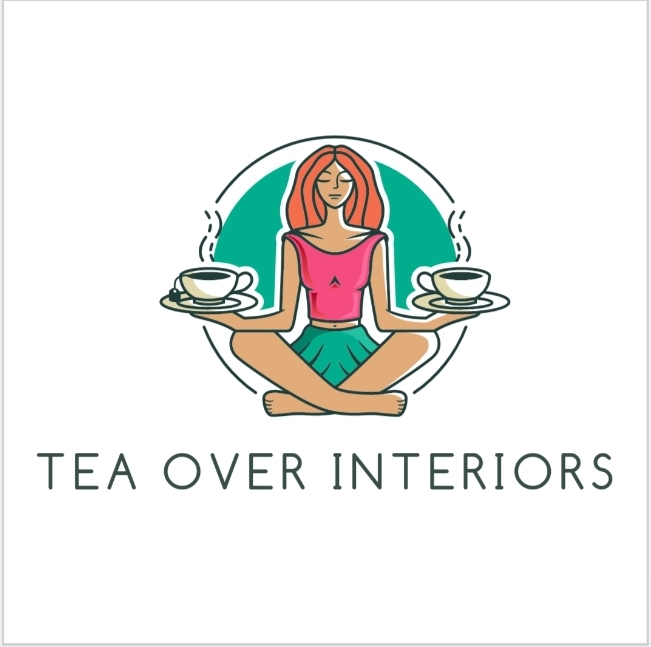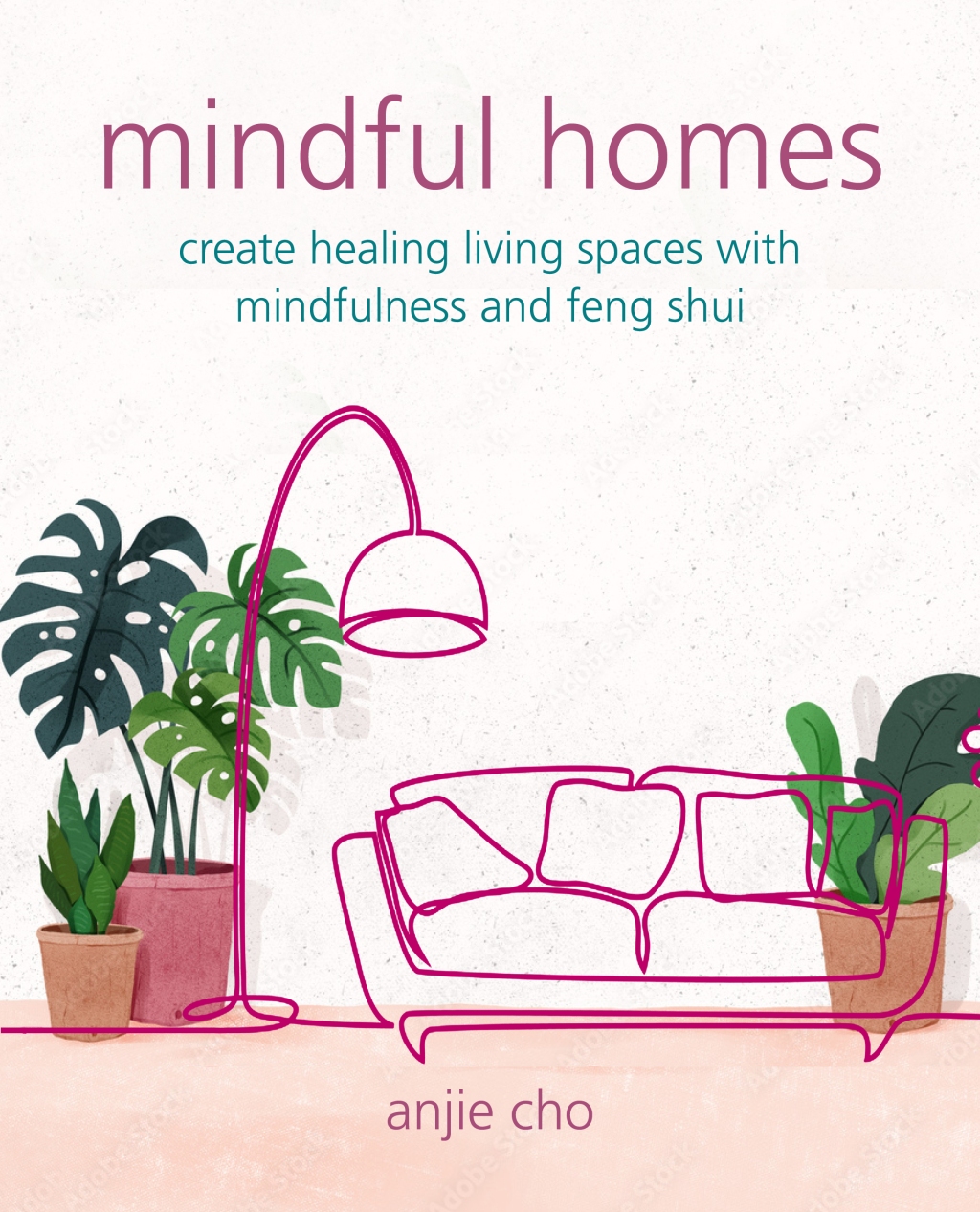
118 Coastal Comforts: Designing Tranquility – Tea Over Interiors |Interior Design
…Understanding that you are creating a space for someone and , you have the great honor of helping someone feel supported in their spaces is something to acknowledge as any kind of home design professional…
Anjie Cho
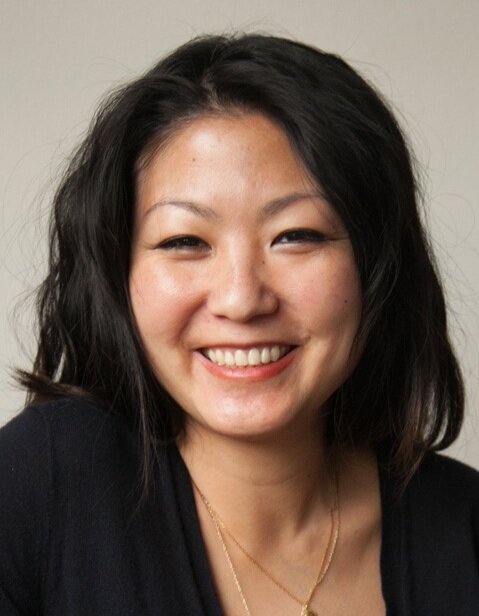
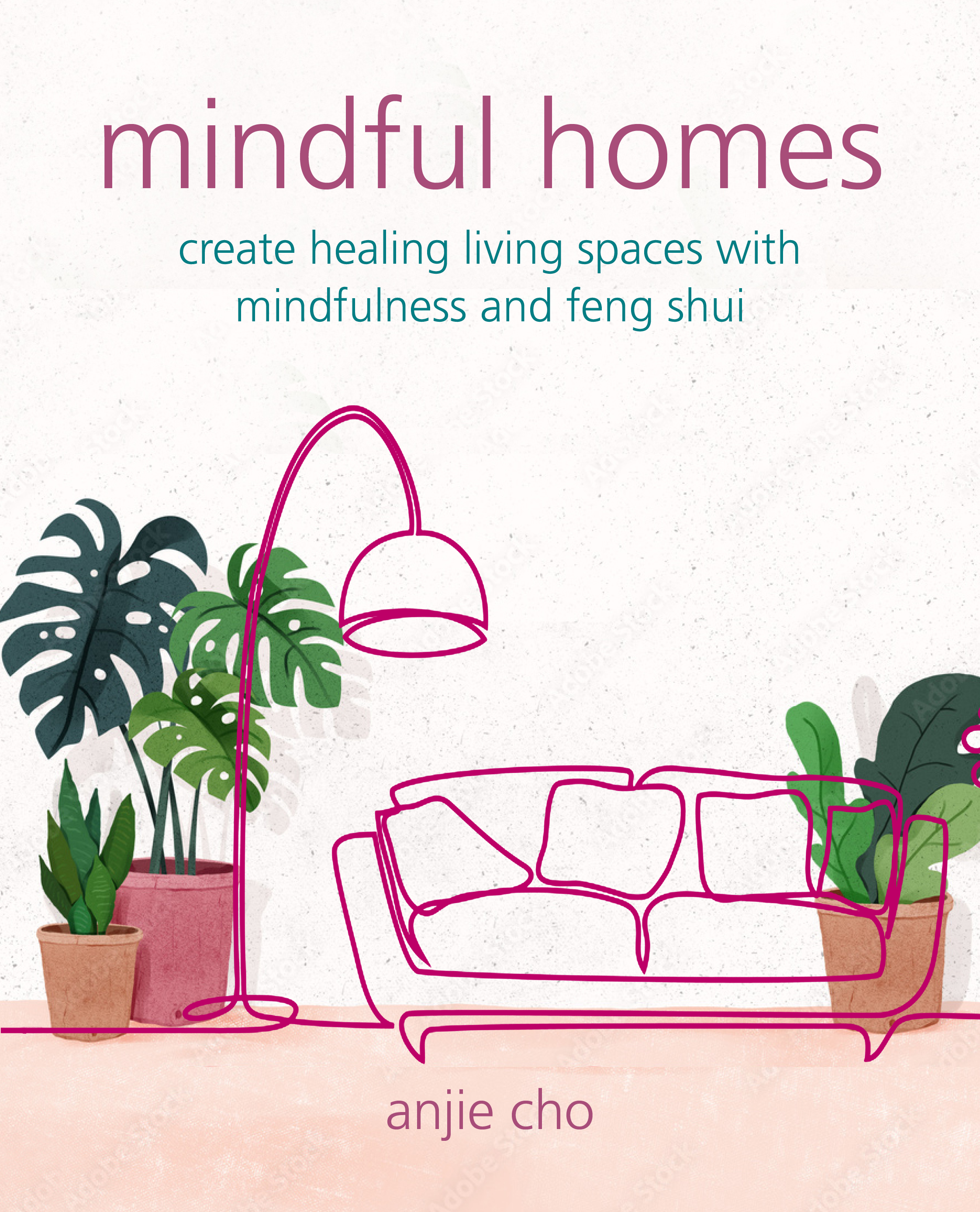
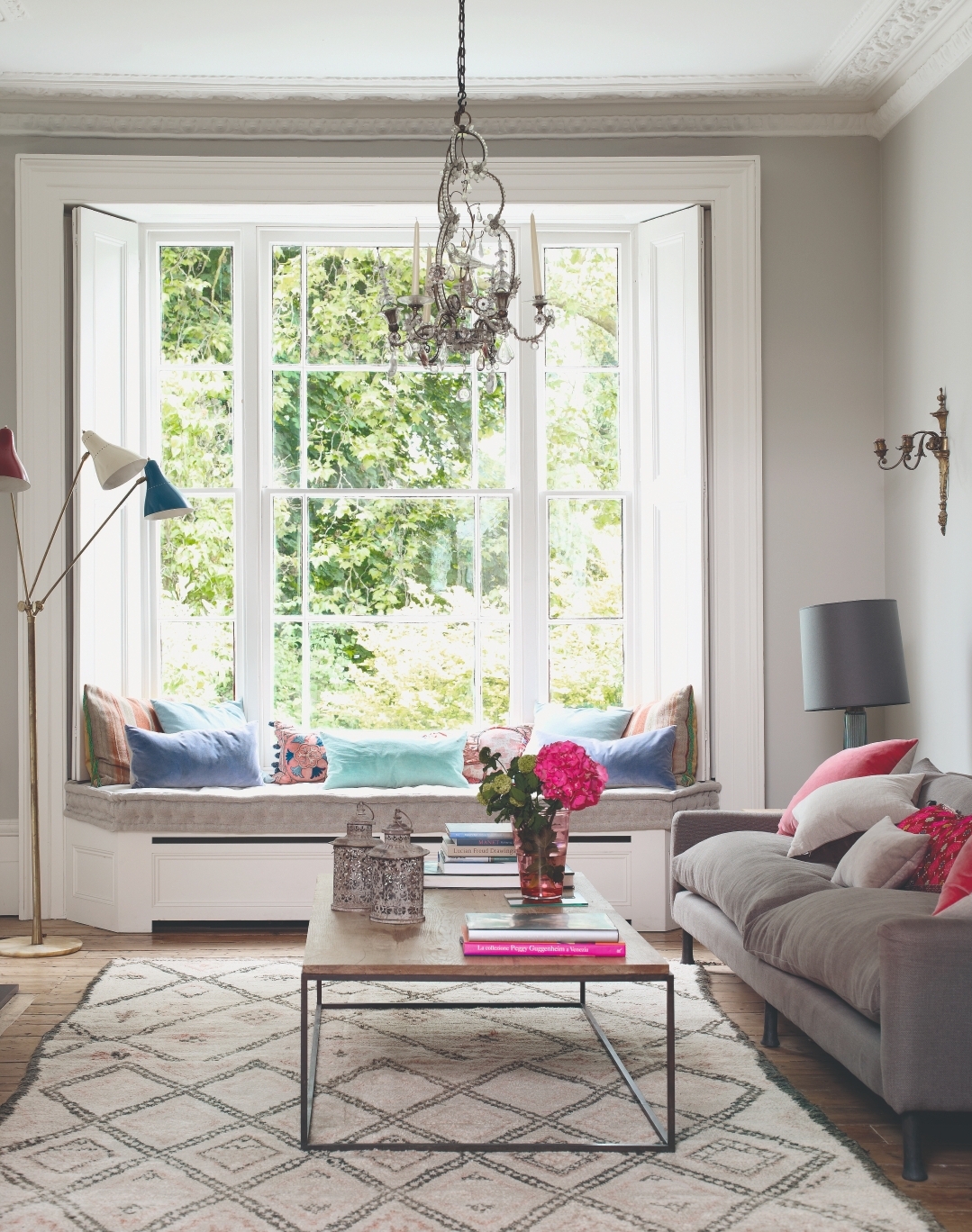
Episode Transcription by Descript, click to learn more
Hello everyone and welcome back to another episode, of Tea Over Interiors. This week I am so excited and honored to be interviewing Anjie Cho about her new book, mindful Homes, Anjie. Would you like to introduce yourself to the listeners?
Sure. Hi Dee. Hi everyone. Thank you so much for having me on your podcast.
My name is Anjie Cho. I am an architect and Feng Shui educator, and I live in New York City . I’m also an author. I’ve written a couple books and today we’re here to talk about my most recent book called Mindful Homes. Which came out in April. And it’s also subtitled, create Healing Living Spaces with Mindfulness and Feng Shui.
I read your first book.
You did?
Yeah. Holistic Spaces. I actually quoted a comment you made in your book on one of our podcasts called Designing for your intuition. Mm-hmm. And I had just finished reading your book and there was something in there you said that, I can’t remember, I meant to pull it up, but that I used as a quote.
So that was, I believe, last year.
Oh wow. I’m so flattered.
Yeah. So when I had the opportunity to actually interview you, I was like, yes, yes, yes. I’ll do it. So excited.
Oh, that’s so amazing. I’m so happy to hear that you have now both books.
Yes. Now I have both.
So this show is called Tea Over Interiors, because here we love tea and , I always joke about how I wanna be a tea sommelier, really? Yeah. Well, I don’t actually, it’s not really a joke, but I do mention it often because I, I really love tea. Mm-hmm. Of how. It transforms my mood, like if I am feeling sick, then I have certainties that I take to feel better if I wanna feel kind of cozy.
There’s other teas I reach for if I’m hot and I wanna cool down. Then I have my cold teas and I just love how tea really can be transformative in that way. Mm-hmm. So I noticed in your book , you spoke about tea ceremonies and what you learned about tea rituals. Can you share a little bit about that with our audience and tell us your favorite tea to drink, if you have one.
Yes, I would love to. So I am a student of Japanese tea ceremony. It’s one of my greatest joys, and actually, sadly, for the last month and a half, I recently sprained my ankle, so I have not, yeah, I know. I haven’t been able to go because I can’t sit seiza (legs crossed), so it’s pretty strict tea ceremony class yet to sit in seiza like kneeling the whole time.
And I just simply can’t well, I couldn’t do it, and I can kind of do it now a few weeks later with a great deal of pain. So hopefully I’ll be able to heal soon and get back to class. Japanese tea ceremony I study with a school called Urasenke and they have a beautiful tea house and center.
On 69th and Lexington . And they actually imported a tea house from Japan. So there’s four tea houses inside this carriage house. It was Mark Rothko’s last residence, and they made it into this gorgeous Japanese tea house. So if you ever wanna go, let me know.
They only do demonstrations for the public a few times a month. And I think the greatest thing that I’ve learned, and I included a couple of things that I’ve learned from tea. Class in the book. But one thing that I found a ritual that’s really wonderful is basically the whole Tea ceremony is very choreographed.
Mm-hmm.
And you do the same thing each time, each class you always make matcha and. You spend more time cleaning and putting it together than you actually do in the tea ceremony. So that’s all part of the process. And there is one moment for a tiny bit of creativity in the whole ceremony, which is the time when the host and the guest have a dialogue.
And the guest asks the host to see their tea implements. So the host shows their tea caddy, which is called a natsume and then shows the tea scoop, which is called chashaku and then the guest asks the host like, what is, you know, the poetic name of the tea scoop? And so that’s the one time that the host can say something creative.
So they will offer like a poetic name for a tea scoop. So what I loved about it is that it’s something that’s very seasonal and of the moment. So before I go to class, I think about like, what could be the name of my tea scoop? Mm-hmm. So like today, I would look out the window. And it’s a cool spring day and there’s children playing in the grass and it’s very green, so maybe it would be like green leaves on the trees.
Mm-hmm. Or you know, or the cool spring breeze, you know, and it’s just like a nice opportunity to stop. Mm-hmm. Touch into your senses, see what’s happening at the moment right now. And then you take. This poetic name and , you name a teas scoop. Like a teas scoop is literally like a piece, of bamboo.
It’s very small and it’s so almost ordinary, but you can, you know, you could make this a really special moment.
Hmm. That sounds like fun.
That sounds like something I’d love to do. So I’d love to try the Japanese tea ceremony cuz I won’t have to travel far for that.
No, and it’s just so lovely. And that leads me to my favorite tea. My favorite tea is probably just green tea.
Hmm. Okay. , do you sweeten it or just drink it without sugar?
Sometimes I’ll sweeten it, but recently I like to just put , the green tea, like in just cold water and then just let it steep overnight and then drink that as a cool green tea.
So today I wanted to kind of talk about something different.
I mean, everyone’s gonna read your book for sure, but there was something in your book that it sparked something in me because I love to play, I’m a creative just like you, that’s where I find my most joy. So there was one part in your book where you spoke about how we can invite play into our homes in an unscheduled scheduled day, basically.
Mm-hmm. So, I wanted to ask you about what is an unscheduled day like for you?
Well, I’m, I’m so excited you wanna talk about this because I think that we have such busy lives nowadays and I don’t know about you, but for me, I rarely have an unscheduled day and, I have to schedule in my unscheduled days.
But what an unscheduled day is for me is a day that I can do whatever I want, and , it’s not structured and I can just see what unfolds. In the book I likened it to when we were young, when we were kids having a rainy day.
So your regularly scheduled classes were different, right? Because you had a rainy day or maybe you, you had a snow day and you didn’t go to school. It’s just like this bonus, extra kind of day , to do that. And, and what would you do if you had like that bonus time? Because I feel like I am so overly scheduled.
So like, sometimes this happens also when someone cancels on you and you then you’re like, you’re secretly thinking, yes, I get an extra day. I get an extra day to do something. So just, giving one an opportunity to explore their world in a very um, impromptu but exciting and exploratory way.
Can you tell me like, do you remember what you’ve done on one of your unscheduled days? Anything exciting or you just kind of like chilled out, relaxed and just had a walk
or something?
Well, unfortunately I haven’t had an unscheduled day in some time, so I should put that on the schedule. But but one example of an unscheduled day actually, and I kind of had like a little bit of an unscheduled day recently, and I woke up and I decided, you know, I feel like I wanna go through like all my jewelry and I had this area of my home , with my jewelry and I hadn’t attended to it in quite some time.
And so some of the silver jewelry had blackened and tarnished and there was stuff in there that I hadn’t seen in a long time. So I went through and I polished all my jewelry and, and then I found little pieces that I would give to my friends. And so actually I found like a bracelet. I gave that to a friend yesterday. And then I. Made a necklace and then sent that to my friend. So I just kind of like let my home open up and see what came up. So, oh, it’s like, okay, I’m gonna look in this area.
Okay, what’s been going on in this area? What have I neglected? What treasures are in there? And then also including in time for like very spacious walks, walking along the park and just Finding new places. For instance I live right on the East River and there’s been a lot of construction going on, so on a maybe week by week basis.
What’s happening there is changing all the time, besides the fact that nature is changing, right? So we’re in a time where the flowers are starting to bloom and things are getting more lush. So just taking the opportunity to walk around, look around walk on a path that you may not have walked before, and, and not feeling any time constraint, but simply just having fun and playing.
You know, it’s funny that an unscheduled day would be a day when us adults, we have to realize that there’s something we need to take care of in our spaces, right? Like your unscheduled day kind of sounds like one of my unscheduled days. The first half I might go out, ride my bike, come back. Relax a bit, eat something, and then I’m off to my closet.
I have like this obsession with getting my closet perfect. Mm-hmm. Like, I’m always removing something and, or like, what haven’t I worn? Like you said, with the jewelry and cleaning things you know, cleaning those bracelets I hate when they change and, you know, remembering to keep them in the bag when I take ’em off, but, So it’s, it’s kind of interesting how that works when you become an adult.
I. I miss being a kid. But anyway, but
I think we did that as kids too, cuz I imagine as kids, I was thinking about the other day, since all this Barbie stuff is coming up, like the Barbie movie. Mm-hmm. I was like, I would just play with my Barbies, make new outfits for my Barbies, get my Barbie’s, haircuts.
Like, do all this stuff, organize their little, little yeah. You’d organize your Barbie’s life. Yeah. Yeah. You organize that and you organize your toys and. And it’s, it’s also fun because it’s completely like, it’s, it’s almost like walking in circles. Like there doesn’t necessarily need to be an outcome, or it doesn’t have to be productive, like cleaning your closet all the time is, it’s never, ending process.
But I, I bet you really enjoy it. And I bet afterwards you’re like, ah. I have the best day. My closet is so organized and it just like, makes you so happy. And so there’s nothing wrong with that. Like I think there’s, there’s a part of having this unscheduled day is to do something just for you that makes you happy, that it doesn’t have to be productive at all.
Yeah, no, I, I totally get that. And yeah, I, I’m obsessed with it. And also, like when I speaking to Barbies the other day, I was talking to somebody about my Barbies and how I had a a Barbie hotdog stand and a little house, and I’d take like cardboard and put out pictures from my magazines, my kid magazines to make them new, extensions to their homes.
Yeah, I should have known since then that I was gonna become a designer, but yeah, absolutely. Absolutely.
So you know, we’re talking about, jewelry and cleaning it and things like that. That made me think of what you spoke about also in your book about removing obstacles in your home.
Mm-hmm. And as an interior designer, and I’ve also staged a lot of homes, When I walk through certain spaces, you know, I look at things differently because I’ve never been in these spaces. So, I have to be cautious cuz I don’t know what’s around this corner. That corner. I work a lot with people also that have clutter.
Mm-hmm. And they’re looking to remove these things so that they can remove some of the obstacles within their life. And within their homes, cuz it’s like a metaphor. Right, right. So what’s your best advice to listeners and your readers about removing obstacles in their home?
Well, I think that first step is always to recognize them. Right? And I think you pointed to that, Dee, that many times people. Don’t see the obstacles, but it’s very clear to you because you are not accustomed to that space. And so when we live in a space or we have a thought distortion or a pattern in our life, we have no idea that we have been walking this very deep path in our lives, whether that means literally how we move through our spaces or how we attend to our spaces, but also how we attend to ourselves, how we connect and communicate with others, right? So these things are not separate. So the first thing I think is to notice and acknowledge those obstacles, and we may need help, right?
We may need someone like you or I, or a feng shi consultant or a psychiatrist or a good friend to say, okay, there’s something in your life that you’re not seeing that you’re so used to. You’ve created this habitual pattern in your life.
And then to acknowledge it and then also acknowledge it without judgment. I think that’s important too, because on a very literal level, clutter in their home, and then they don’t realize , it’s kind of creating a difficult situation. Like for instance say someone has a lot of things on the back of their door, so you can only open the door like.
Half or a portion of what you could do. So every time that person walks through that door, they have to go sideways or change their body or stop or take things apart to put things, you know, there’s like a lot of work, it’s not an easy flow through. Mm-hmm. So so even though one has become accustomed to that and they’re used to it, they’re like, oh, that’s just how I live.
But you know, as a stranger that that’s, Atypical and it’s creating an obstacle. So first you have someone acknowledge or figure it out, then you acknowledge it, and then to not have any judgment on it and just simply then notice how you could re-look at the situation.
Like is there another way to look at it? Is the this the best that you can do? Is there a way to shift it? And can you ask for help?
Exactly. Yeah, I totally agree. I think the asking for the help is something you touched on in your book, that a lot of people, they are not accustomed to asking for help when they need it, or recognizing that things could be a bit better.
They know something’s wrong, but they just don’t know how to seek out the help.
Yeah, I see that a lot too. One person I was working with, a student was talking about having this huge wardrobe next to her bed and she felt like it was kind of affecting her health and it was really kind of oppressing her.
Mm-hmm.
At the same time She wanted some kind of easy fix where she didn’t actually have to do anything. She’s like, there’s so much stuff in there, I have to declutter it. It’s so heavy. I can’t move it. No one will help me move it. So she came up with like all these excuses to not relocate this wardrobe , and then just wanted like some magic bandaid to fix it.
I said, no, for you, you need to ask someone for help. It’s not hard to say. Like partner, husband, kids, can you help me move this thing in my life that’s really large and it’s creating problems for me? Will you please help me? But some people are completely afraid of doing that.
Yeah, I think
it’s okay to, and you’d be surprised so many times, people, they know things are bothering you in your life, and once you ask them for help, they’re more than happy to help you because they know by helping you with this one thing, they’re going to actually help you in other ways and to make your life a little bit easier.
So, yes. Mm-hmm. Listeners, if there’s something in your life, That you need help with. Don’t be afraid to ask someone that you know cares and loves you. Cuz they’ll be happy to help a lot of times.
Exactly. I mean, the worst that they can say is no.
And then,
you know, that’s fine. You’ll just find someone else to help you.
Exactly.
So I wanna ask you, because you are a trained architect mm-hmm. What type of architecture do you specialize in?
Since I work in New York City, I primarily work in interior renovations, so people usually in Manhattan, I almost exclusively work in Manhattan, in apartments, in co-ops and condos and sometimes commercial spaces. Mm-hmm. But I work on the interior renovations.
If you flipped an apartment upside down and you shook it. Mm-hmm. I do all the stuff that stays in and not nothing that falls out. So no, I don’t specify soft goods or furniture, but I will work with people on tile and fixtures and design millwork built-in millwork, but not like side tables and rugs and things like
that.
Got it. Yes. That’s where I would come in as an interior designer.
Mm-hmm. Yeah.
So what’s something that you feel more architects should stop doing or start doing?
Ooh, that’s a loaded question. Well, I’m not your typical architect, from what I understand. I don’t have a lot of friends that are architects actually.
I do have actually one good friend , who also does the same thing I do, but , his focus is mostly in Brooklyn. Mm-hmm. And we actually met in college and we’ve been friends for quite a long time. I feel that it’s very important to remember that the person who lives in the home, you’re co-creating that space with them.
And, that’s actually how I work. I co-create and collaborate with them on their home, and I make it less about what I want, , but what they want. That said, I think that some clients do want like an architect or a designer that is going to be more focused on what they want and have the vision.
But that’s just how I work. And then I think that most architects are not trained to look at the energetics of the space. Like with feng shui, I’m one of the very few. There’s not very many architects that also are feng shui experts. So while architecture and, you know, interior design, it is a great deal of actually project management, right?
It’s not that much design in reality if you’re really doing the work. Like the design portion is quite small, mm-hmm. And so I think that Having just having the perspective of understanding that you are creating a space for someone and , you have the great honor of helping someone feel supported in their spaces is something to acknowledge as any kind of home design professional and to be friendly with your, your clients and do the best for them.
Where can they follow you?
On social media, follow me at, at AnjieCho. That’s a N J I E C H O.
My new book is called Mindful Homes and it’s available wherever books are sold. And if you wanna learn more about feng shui, you can visit My Feng Shui school. It’s called Mindful Design Feng Shui School.
And I’d also like to offer your listeners a free downloadable Feng shui bagua map from mindful design school.com. It’s a free downloadable map. And in Feng Hui we use something called the bagua Map. It’s like the energy map, It’s, it’s something that you lay on your home and people get really excited about it. So I’d love to offer that to your listeners.
Oh, that is amazing. I know they would love that. We did speak about the bagua map before, so if you need to refer to that information, you could go back in our episodes and also you could check out Angie’s podcast, which is Angie, you wanna tell.
Yes. It’s a Holistic Spaces podcast It’s a podcast just about Feng shui and it’s on all your podcast apps.
Awesome. Okay. For everyone you could go to the show notes where all the links that Anjie mentioned so that way you can sign up for feng shui school or buy her book follow her on social media.
Well, thank you so much for joining me today, Angie. It was great speaking with you, and I can’t wait to go to Tea Ceremony with you when you’re feeling better.
I can’t wait too. You’ll love it. You’ll love it.
I bet I will. So thanks so much for listening, guys. We’ll see you next week.
